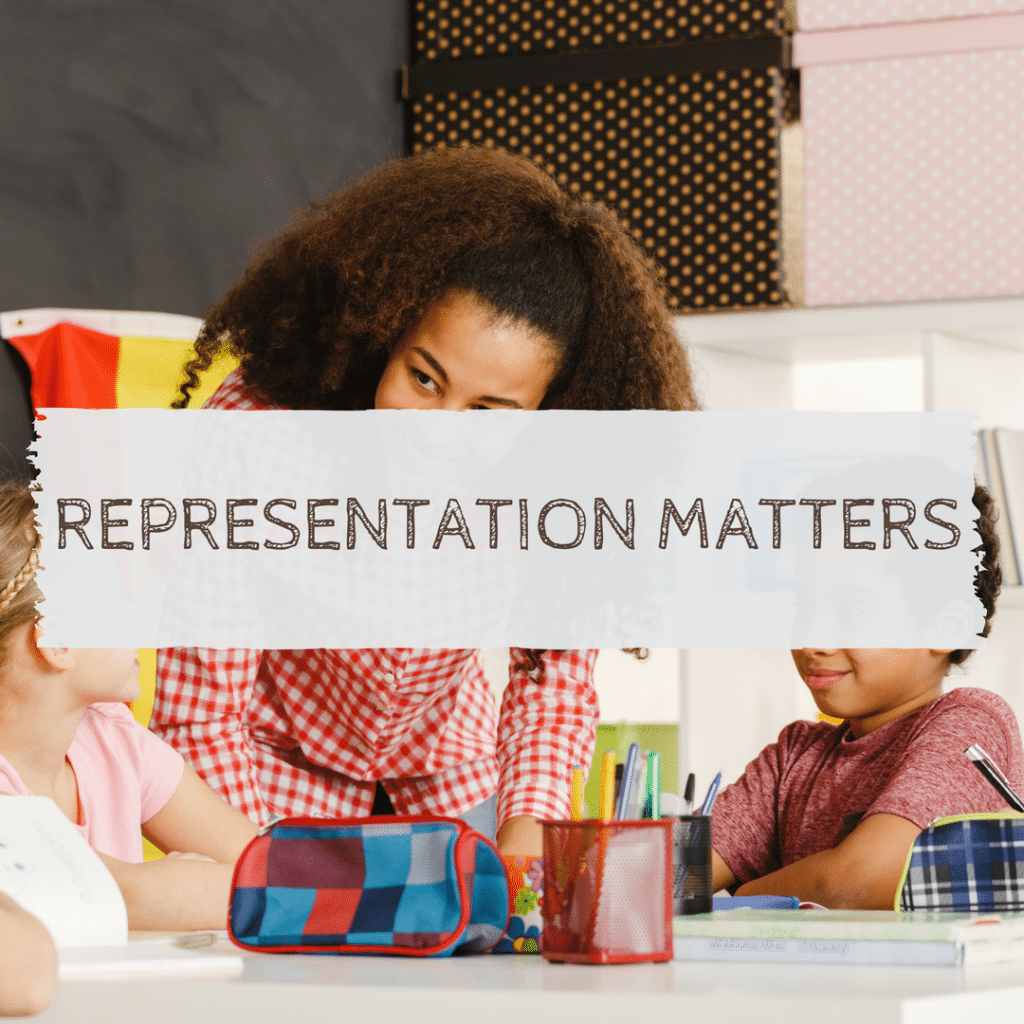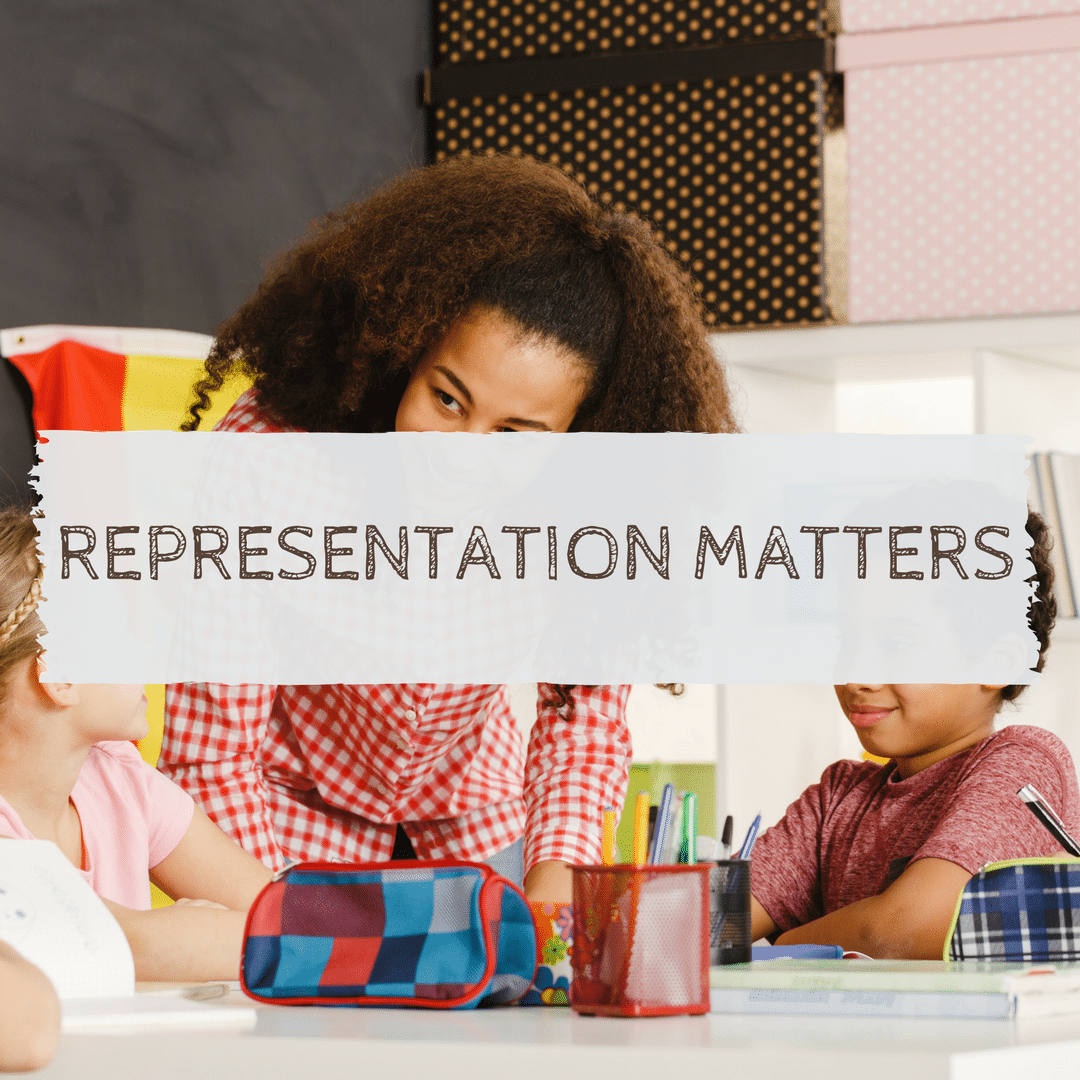By Stacey O’Connor
When I was 24, with two years of public school teaching under my belt, I started working at one of the largest urban public schools in Connecticut. This district serves over 21,000 students. 100% of these students qualify for free or reduced lunch. In terms of racial makeup, 11% identify as white, 36% identify as Black and 48% identify as Hispanic. During an opening Professional Development meeting, I overheard two black teachers talking to one another. They were surveying the room and saying that the school needed more teachers of color. I didn’t say anything, but I was upset. I was offended! I worked hard! I cared about kids! So what if I was white! Did that mean I couldn’t be a good teacher to these kids?
Ten years later, I look back on that young, white girl and I am horrified by her mindsets. At that time, even with a degree in secondary education, liberal parents, and the best intentions, I didn’t understand the importance of representation because, to be frank, the entire world I lived in looked like me. I grew up in one of the many towns in Connecticut where 80% of the student population is White. It has only recently dawned on me that I didn’t have a single teacher of color during my public school education. The shows I watched had actors who looked like me, my bosses looked like me, my teachers looked like me, the billboards I passed on my way to school looked like me. And I certainly didn’t understand privilege. Growing up, I saw myself as poor. I didn’t feel privileged at all. I didn’t understand that my skin color had helped me, and would continue to help me get apartments, jobs, or even better service at restaurants. I lived inside of a skin that was never questioned and was always assumed, to be honest, and hard-working. When I gathered with my friends at the mall, no one followed us. When I walked at night by myself, no one assumed I was up to no good. When I applied for a job, no one thought I was unqualified because of my name. I didn’t realize that these were privileges afforded me simply because of the color of my skin. I didn’t understand these things, and yet I joined the other cohort of teachers from this district, 74% of whom are white, many of whom may have been just as clueless as me.
At the time, I was offended, like so many white people are offended when our previously believed liberal ideals are challenged. Now, ten years later, I realize the importance of and need for more teachers of color, not just for students of color, but for white students as well. In America, we stress the importance of teachers. In Connecticut, 92% of those teachers are White. When the mentor in front of the room is white, when the person giving consequences and setting rules is white, when the educator disseminating information about or avoiding disseminating information about social justice topics is white, what are we saying to children about the power structure in our country? What are we saying about who has power and who is powerless? Who makes the rules? Who enforces rewards and punishments? In our urban districts, where the majority of students are children of color, this white divide cuts students off from seeing themselves as powerful. In our suburban districts, where we have a majority white student population, that percentage reinforces the status quo.
I get it now. Well, I get it more now. I’m still learning, but I understand that saying that our country needs more teachers of color is a fact, not an opinion. In order for public education to grow in the right direction, we need to view diversity and representation as two leaves that bud from the same branch. It benefits the children I teach daily to see themselves in their teachers, and it would benefit the children of the town I grew up in to learn from a diverse role model.







Thank you for this. My school has just started having this conversation about representation and I look forward to the challenge.